Classify food before putting it in the refrigerator
Different types of food require different storage conditions. To keep food fresh for longer, you need to classify the food before putting it in the refrigerator.
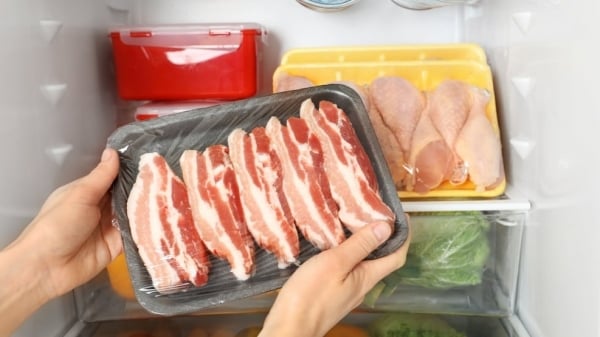
Fresh foods such as fish, meat and seafood
After purchasing fresh food, wash it with water to remove dirt and bacteria. Then, dry the food with paper towels or a clean towel. Divide the fresh food into portions suitable for each use. Place each portion in a zip-top bag or food container, making sure to seal it tightly to prevent air and bacteria from entering.
Place the wrapped food in the refrigerator at a temperature of 2 - 4 degrees Celsius. This temperature will slow down the growth of bacteria and keep the food fresh for a short time. The storage time for fresh food in the refrigerator is usually 3 - 5 days to ensure the nutritional quality is intact and safe.
If you buy fresh food in large quantities to store for several days, put it in the freezer. The temperature in the freezer is usually around -18 degrees Celsius. Freezing food helps extend the storage time up to 3 - 12 months. However, you should use it as soon as possible to ensure the quality of the food.
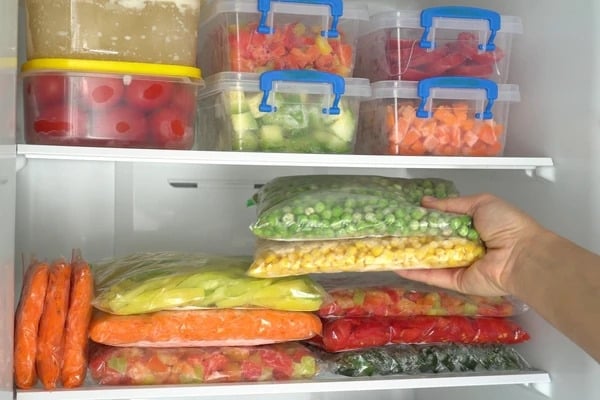
Food is vegetables
Before storing, inspect your vegetables and remove any that are waterlogged, wilted, or damaged. This will help prevent the spread of bacteria and avoid affecting the quality of the rest of the vegetables. If you are not going to use them immediately, there is no need to wash them with water. Keeping them dry is the right way to store them so they stay fresh for longer.
Place each portion of vegetables in a zip-lock bag or plastic bag with ventilation holes to allow air to circulate and maintain optimal humidity for vegetables. Place the vegetable bags in the refrigerator's vegetable compartment. This compartment usually has a temperature of 3 - 5 degrees Celsius and humidity is adjusted separately to best preserve vegetables. Vegetable storage time is usually from 2 - 7 days, depending on the type of vegetable. Use vegetables as soon as possible to ensure quality and nutrition.
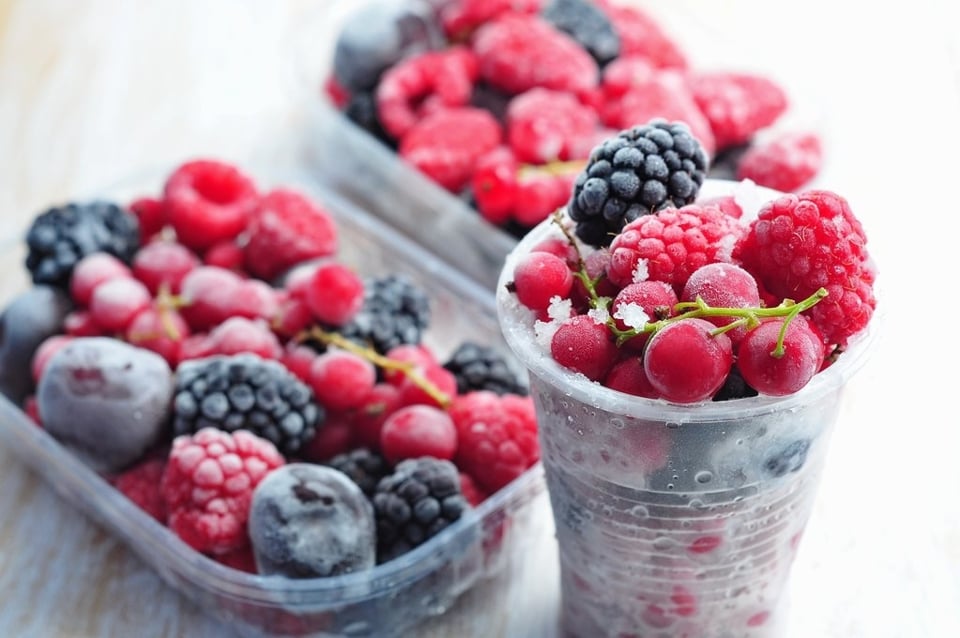
Food is fruit
For whole fruit (with skin):
Remove any damaged stems or fruit that shows signs of wilting or rotting.
Use a clean, dry cloth to wipe the surface of the fruit to remove dirt and bacteria.
Place the fruit in a zip-top bag with vent holes. This helps maintain moisture and air circulation.
Place the fruit bag in the refrigerator at a temperature of 3 - 5 degrees Celsius.
For cut (peeled) fruit:
Use a food container to store cut/sliced fruit. This prevents the fruit from being exposed to air and protects the fruit from bacteria and moisture loss.
Place the fruit box in the refrigerator at a temperature of 3 - 5 degrees Celsius.
Use cut/sliced fruit within 1-2 days to ensure best quality and nutrition.
Cooked food
After cooking, let the food cool for about 2 hours before sealing and putting it in the refrigerator. Letting the food cool completely helps to avoid increasing the temperature in the refrigerator and prevent the growth of bacteria. Choose food containers with tight-fitting lids, made from materials that are safe for health and easy to clean. Store the food containers in the refrigerator at a temperature of 2 - 4 degrees Celsius.
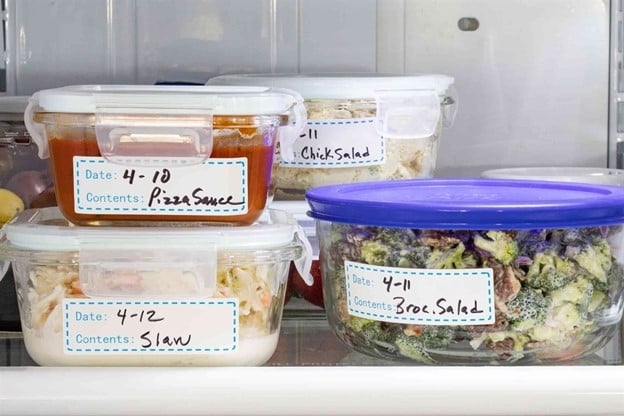
If you have cooked too much food, divide it into smaller portions for later use. Cooked food should be used within 3 days of cooking. After 3 days, the food may lose its nutrients and become unsafe.
Here are some foods you should store in the refrigerator.
Turkey
Low fat, low salt turkey breast with a little whole wheat is enough for a snack or a lunch you can take to work.
Cooked meat can be kept in the refrigerator for up to 5 days. Ham can be kept in the refrigerator for up to 2 months. However, you should remember the principles of meat preparation to ensure food safety, for example, wash your hands before handling or touching raw meat. Use different cutting boards for raw and cooked foods.
For chicken including whole chicken, chicken pieces, boneless chicken, it is best to use them immediately or can be put in the freezer no later than 2 days from the date of manufacture. If you defrost to cook, you should leave them in the refrigerator for about 1 day before you plan to cook them. You should refer to the freezing time of chicken below:
Whole chicken: 12 months
Chicken pieces: 9 months
Ground chicken: 3 to 4 months
Chicken offal: 3 to 4 months
Egg
Eggs are full of amino acids your body needs to help your cells function. They also contain nutrients like vitamin D.
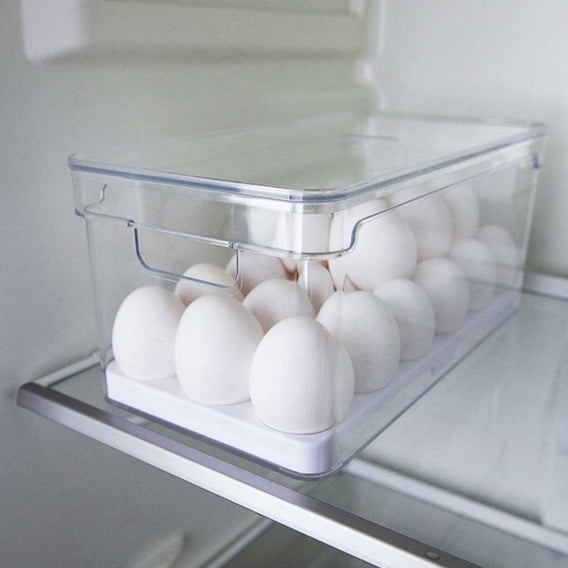
Eggs can be stored uncooked in the refrigerator for 3 to 5 weeks. Whether you are using them raw or in a cooked dish, you can beat the yolks and whites together and freeze the mixture. Egg dishes, such as casseroles and pies, can be stored for 3 to 5 days in the refrigerator or a month or two in the freezer.
Kale
Kale is one of the most nutrient dense foods you can eat. It provides 33 calories per 6g serving. Simply sauté it with chopped onions in olive oil and a little chicken or beef for an easy, quick, and nutrient dense snack.
Pure fruit juice
Fresh fruit juice can be a good source of vitamins and minerals. However, because fruit juice is often high in sugar, you should only drink it in moderation. Fresh fruit juice should be kept in the refrigerator to limit vitamin loss.
Plain yogurt
Plain yogurt is high in calcium and quality protein, and probiotics – bacteria that are especially good for your gut and provide healthy cholesterol to your body.
People who eat yogurt are less likely to be obese or have heart disease. In addition, yogurt provides more healthy fats than other low-fat foods. Eat yogurt with fruit or use it instead of sour cream in desserts and stews.
Celery
Celery is a great source of fiber, vitamin A, potassium, and calcium. Celery is perfect for everyday dishes. Learn how to make a celery salad, or use it as a spice when cooking with beef or chicken.
Cabbage
Cabbage is a common food that may be more beneficial than you think. It is high in fiber, as well as potassium, magnesium, and vitamin C. It is a great addition to dishes like coleslaw or other salads. Or you can boil it and enjoy its sweet taste.
Fresh noodles
Fresh pasta is a very simple and quick dish that can be used as a side dish or main course. It also has a low glycemic index, which means it allows sugar to enter your bloodstream more slowly than other foods. This helps to curb your hunger without causing a spike in your blood sugar levels, which can be a health risk if you have diabetes.
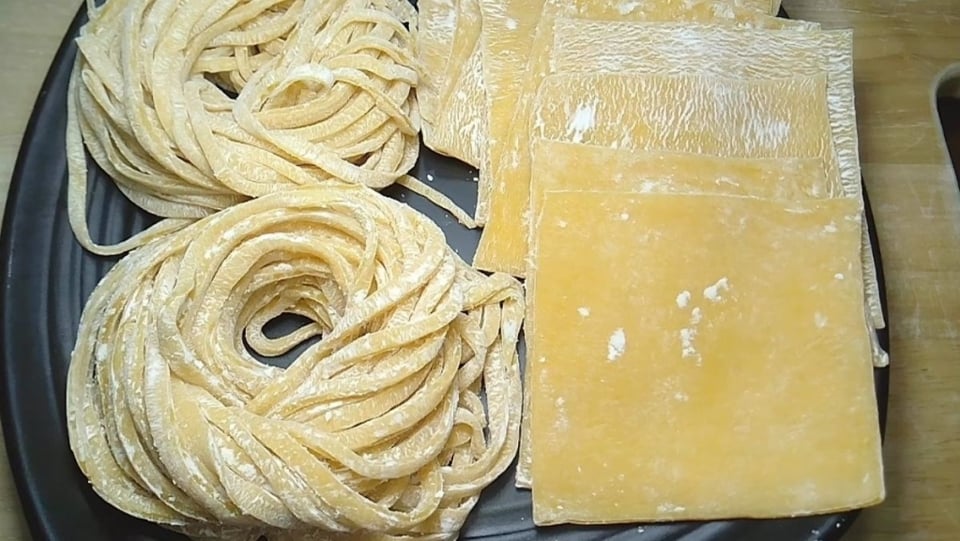
Avocado
Avocados are high in fat, but it’s the good kind that’s good for your heart and helps maintain good cholesterol levels. Plus, they’re delicious with eggs or spread on wholegrain toast with a little salt and pepper.
Berries
Berries are low in calories, but packed with nutrients, antioxidants and fiber – making them great for heart and brain health. They may also help protect against some cancers.
Sometimes you can use a knife to cut off bruised pieces of fruit and vegetables. But if it smells, you should throw it away. Wash all fruit immediately before eating, and dry it with a clean towel . Keep fruit in the refrigerator, especially if it is pre-packaged. Throw away any fruit that has come into contact with juices from raw meat, poultry, or seafood.
Source: https://kinhtedothi.vn/nhung-loai-thuc-pham-nao-can-phai-bao-quan-trong-tu-lanh.html


![[Photo] Keep your warehouse safe in all situations](https://vphoto.vietnam.vn/thumb/1200x675/vietnam/resource/IMAGE/2025/10/1/3eb4eceafe68497989865e7faa4e4d0e)


![[Photo] Hanoi morning of October 1: Prolonged flooding, people wade to work](https://vphoto.vietnam.vn/thumb/1200x675/vietnam/resource/IMAGE/2025/10/1/189be28938e3493fa26b2938efa2059e)

![[Photo] President of the Cuban National Assembly visits President Ho Chi Minh's Mausoleum](https://vphoto.vietnam.vn/thumb/1200x675/vietnam/resource/IMAGE/2025/10/1/39f1142310fc4dae9e3de4fcc9ac2ed0)
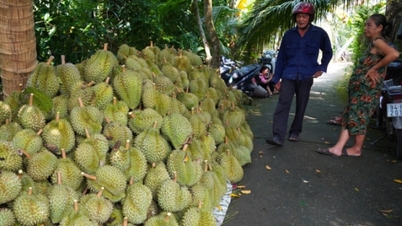












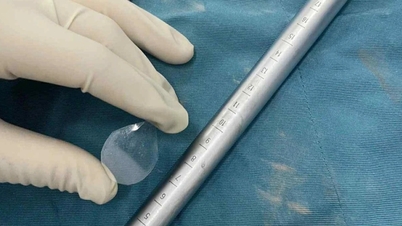










































































Comment (0)